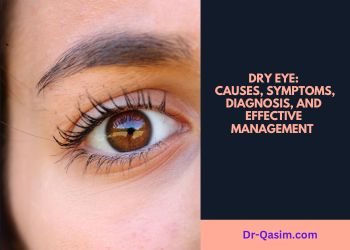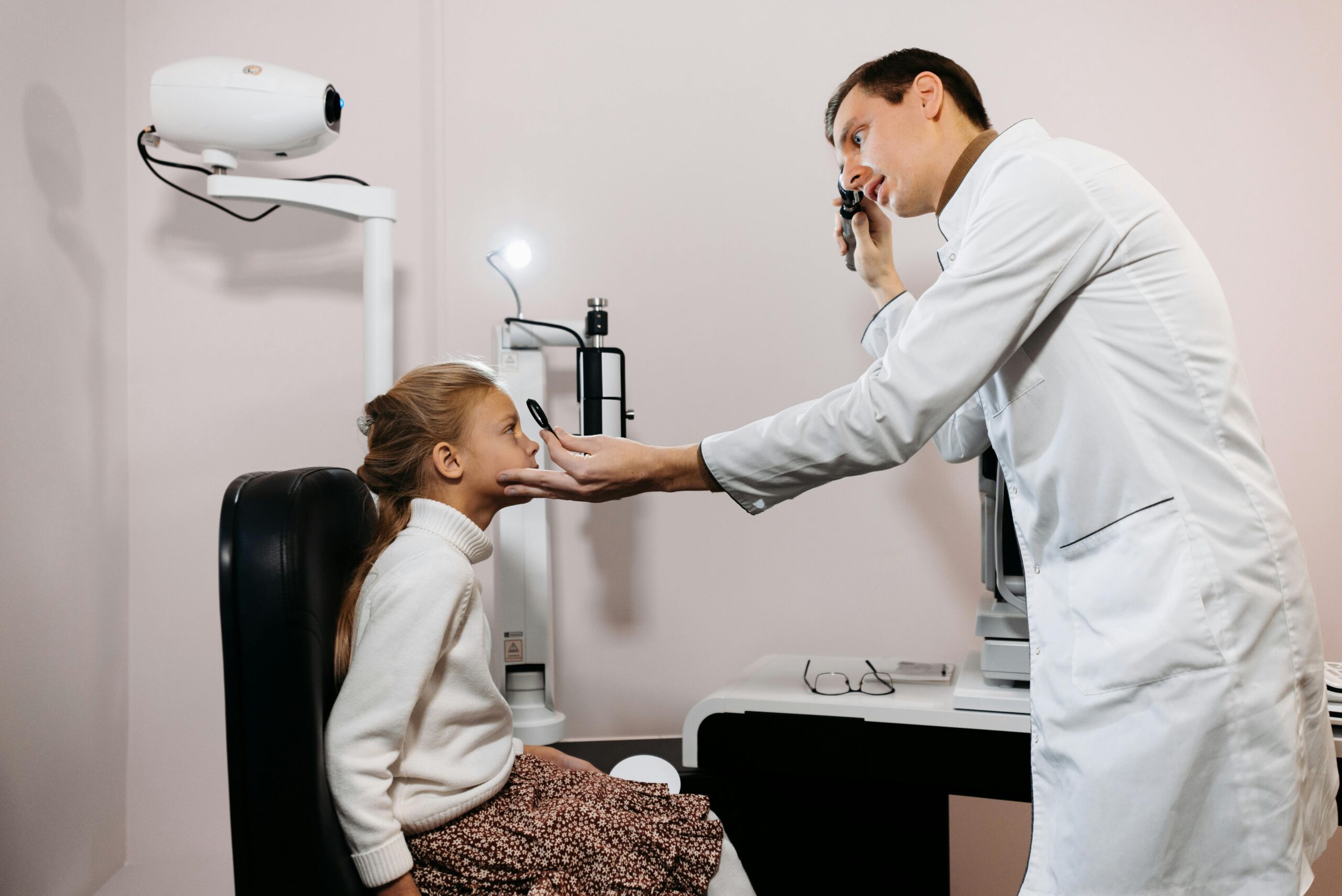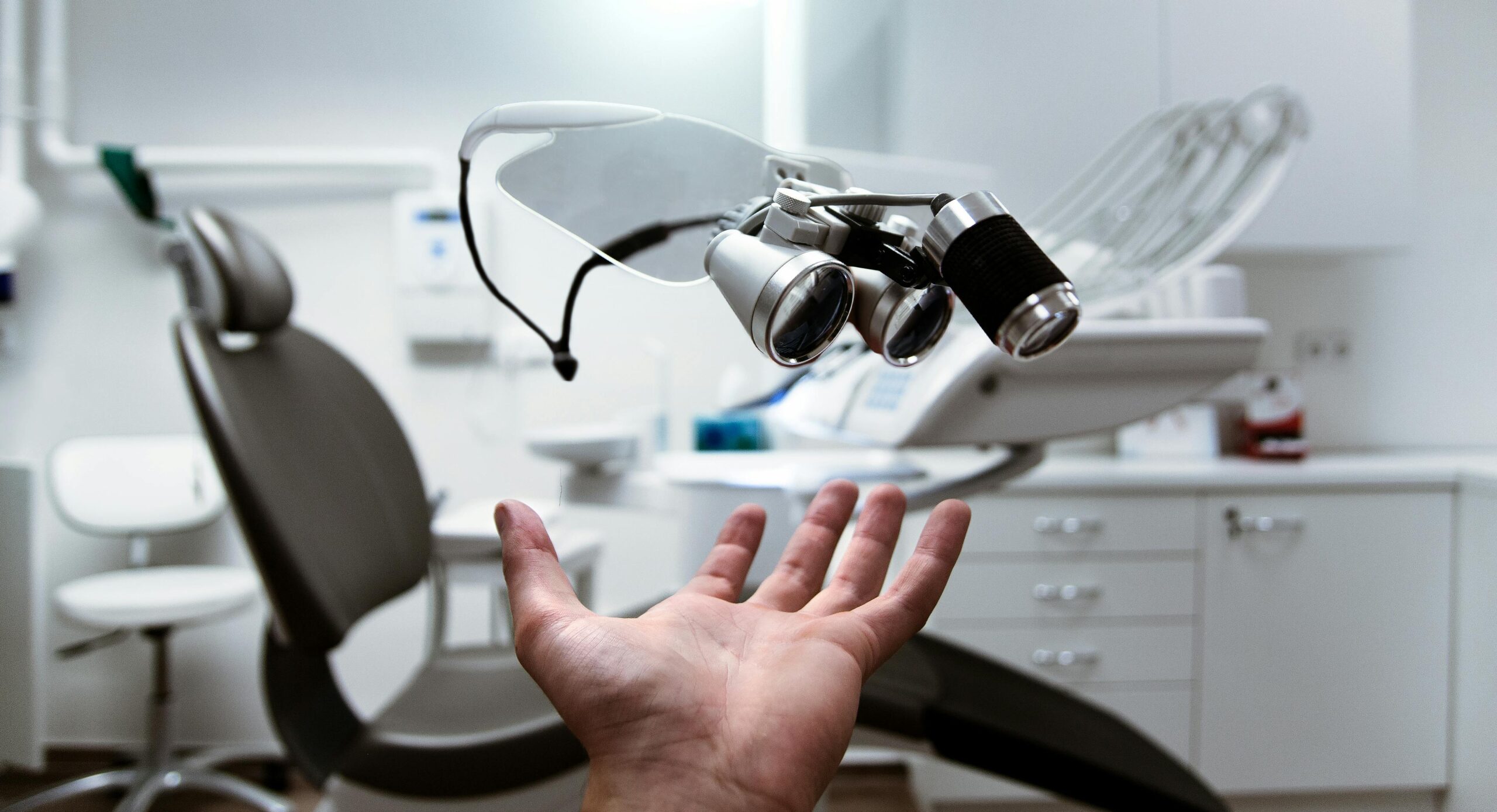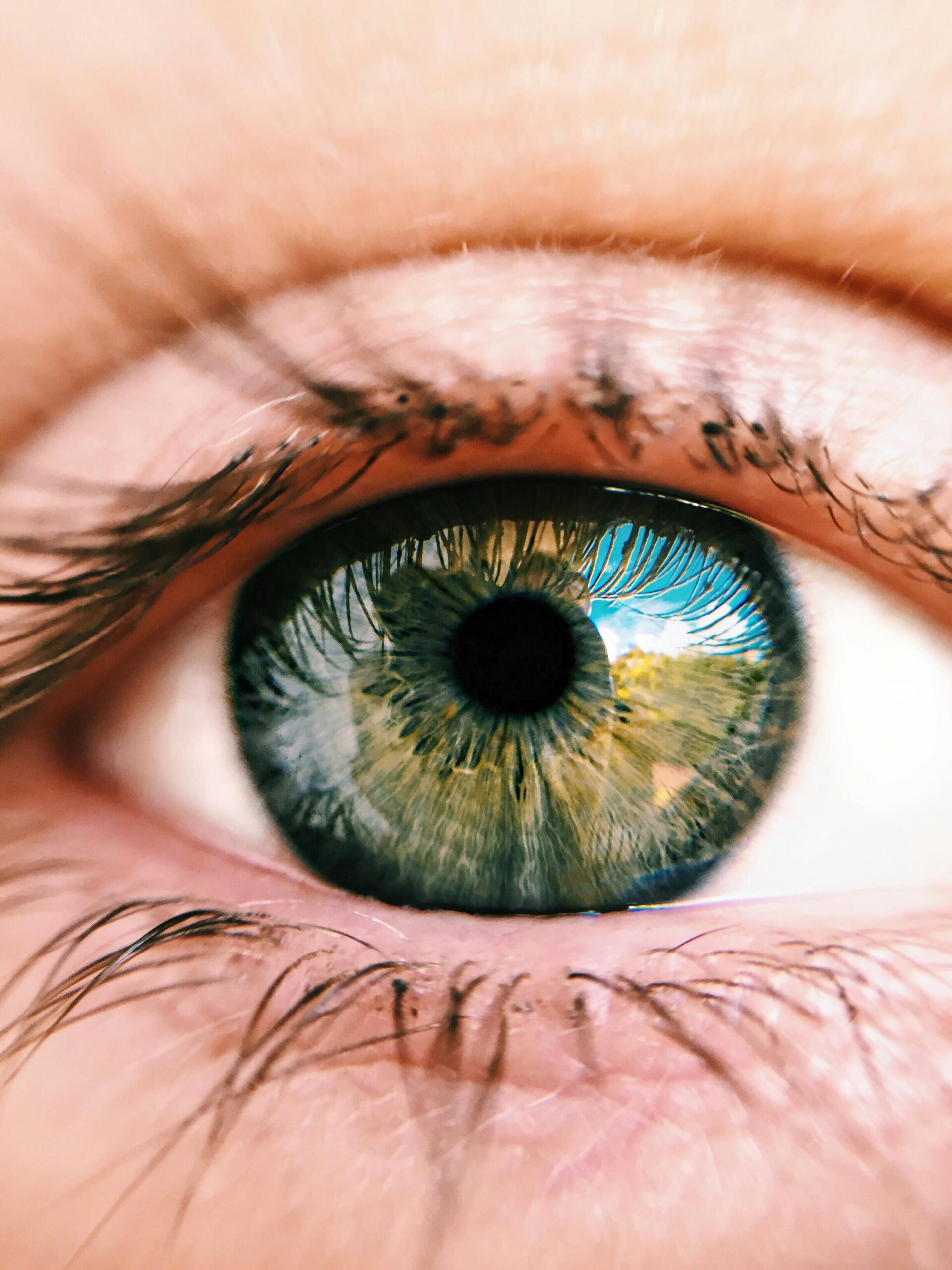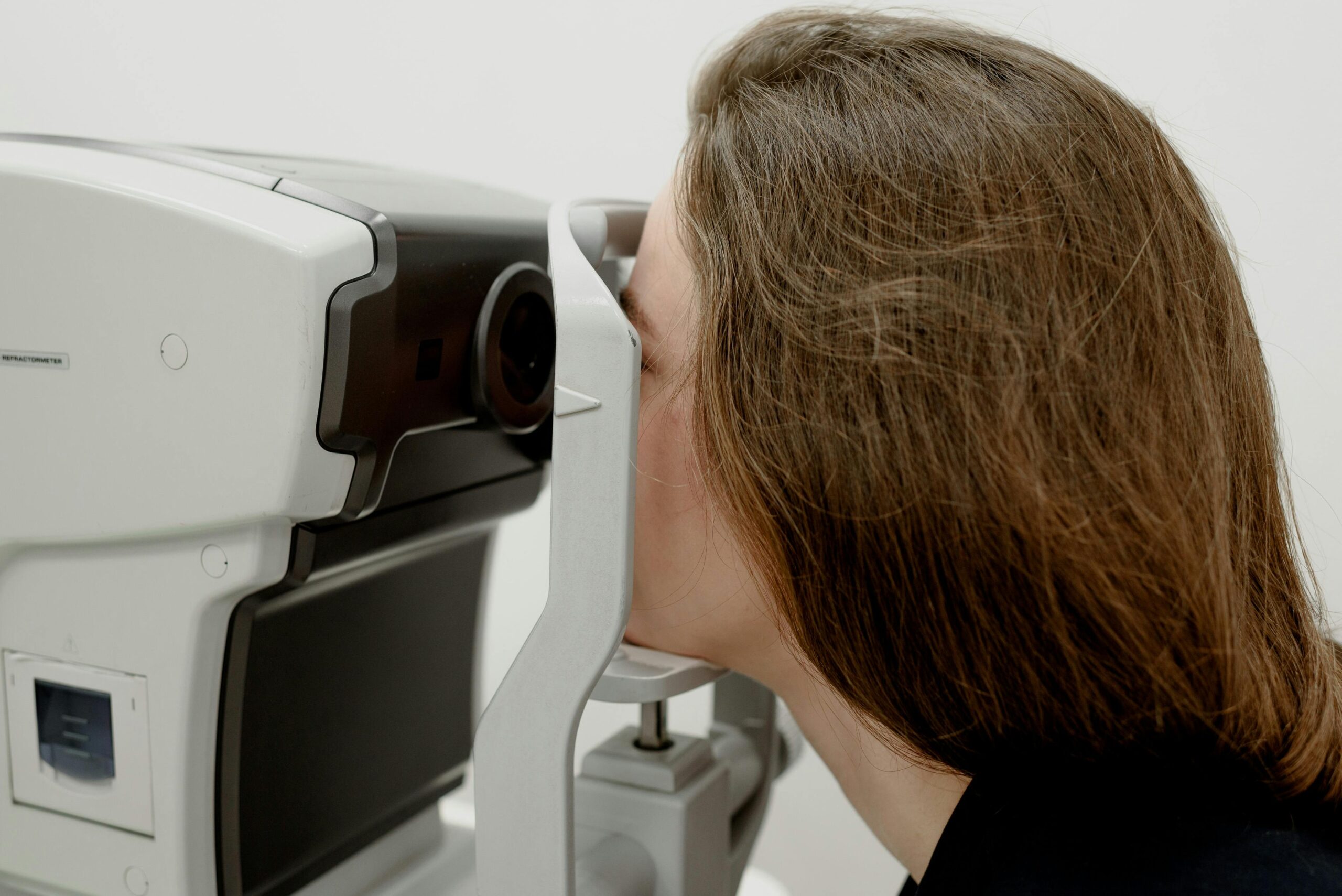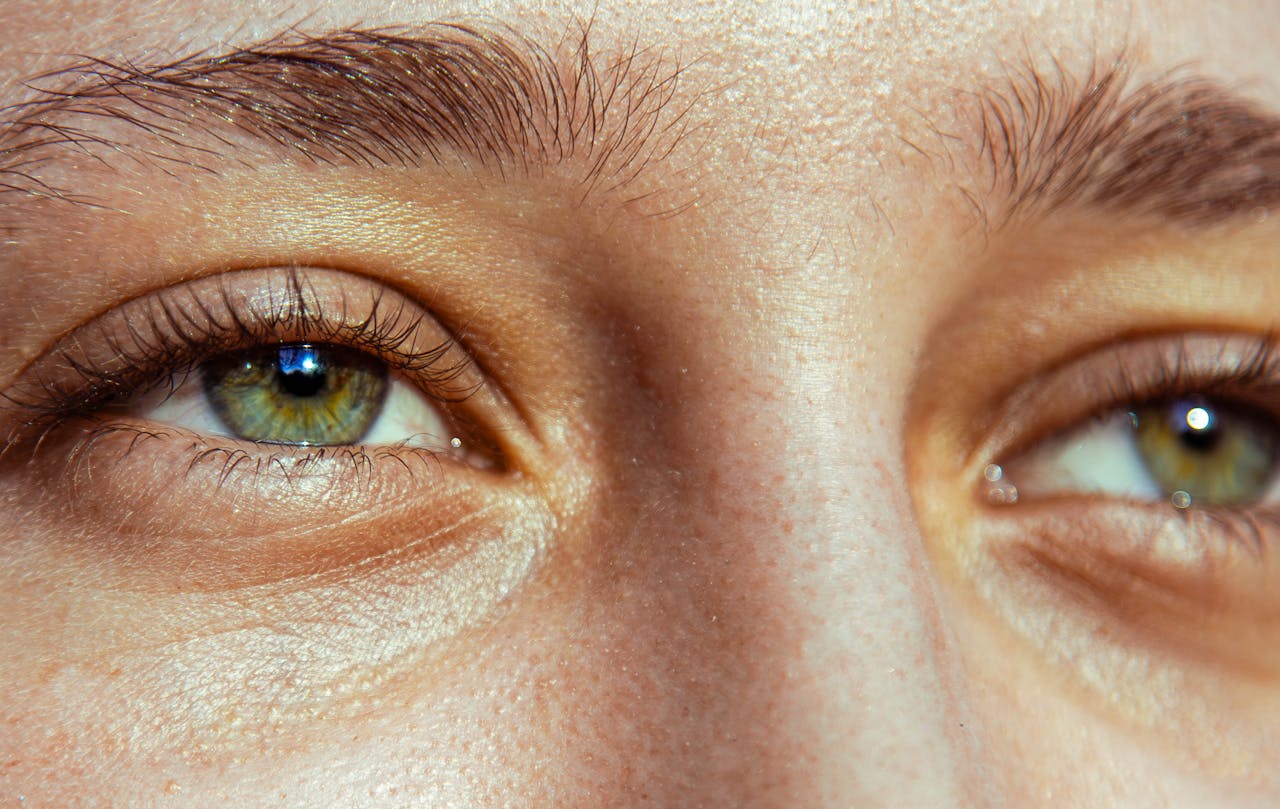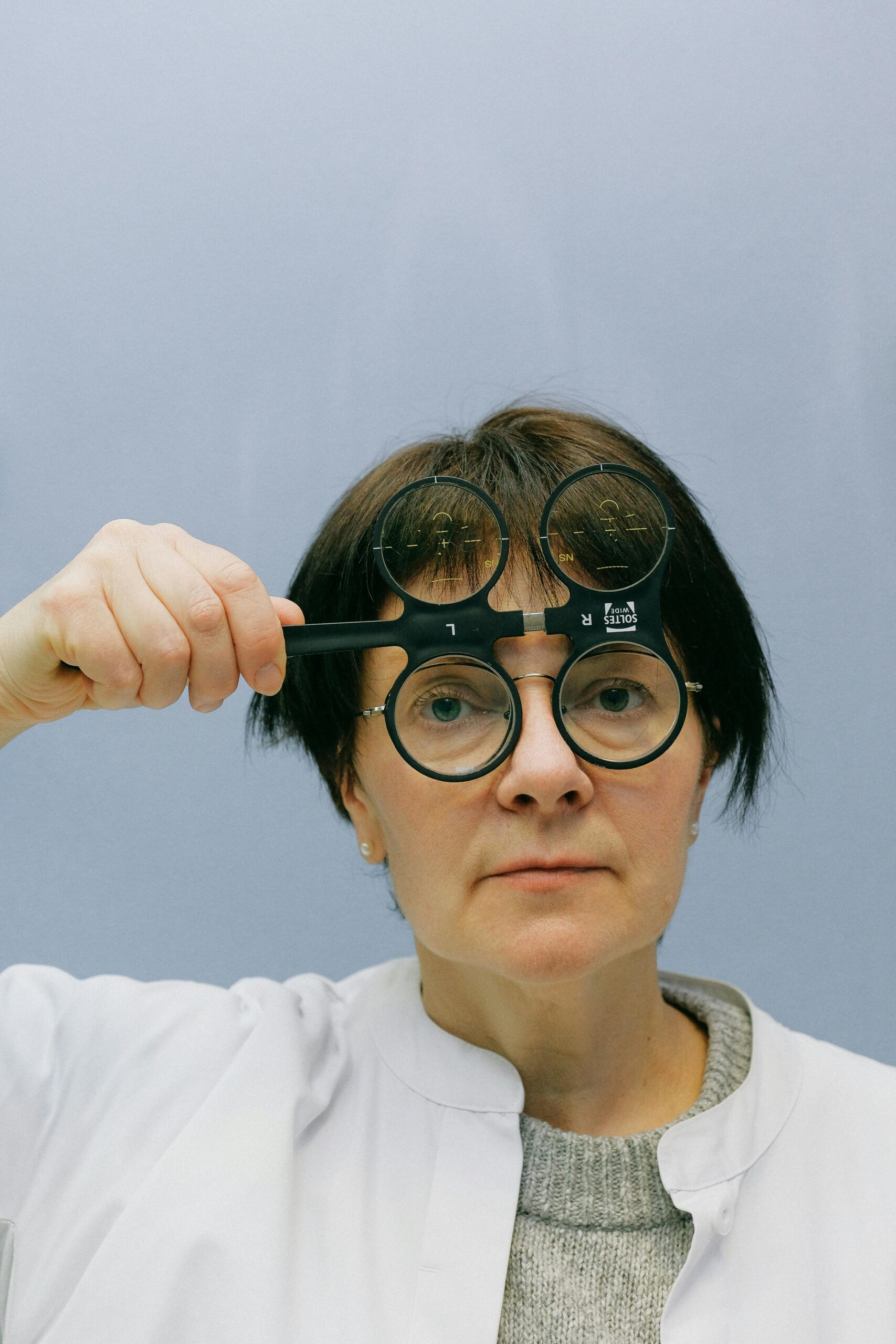Dry eye syndrome, a pervasive ocular condition that affects millions of individuals globally, demands an in-depth exploration to comprehend its intricacies fully. Dr. Qasim, a distinguished expert in ophthalmology, one of the best eye Doctor in Dubai generously shares his profound insights into the multifaceted nature of dry eye, unraveling the causes, symptoms, diagnosis, and effective management strategies. By delving into the nuanced details, this article aims to provide a comprehensive resource for those seeking a thorough understanding of this prevalent eye ailment.
Understanding the Basics of Dry Eye:
Dry eye syndrome is a complex condition with multifactorial origins, influenced by a myriad of factors such as age, gender, environmental conditions, and systemic diseases. Dr. Qasim meticulously examines the intricate dynamics of dry eye, elucidating the delicate balance necessary for tear production and drainage, and the consequences when this equilibrium is disrupted. By comprehensively exploring the fundamentals, individuals can gain a deeper appreciation for the intricate nature of dry eye and its profound impact on ocular health.
Causes of Dry Eye:
The development of dry eye syndrome is rooted in a myriad of factors, each playing a distinctive role in disrupting the delicate balance of the eye’s tear film. Dr. Qasim, a renowned ophthalmology expert, meticulously examines the multifaceted causes, offering a nuanced understanding of this prevalent eye condition. Here’s a detailed exploration:
- Environmental Factors:
- Climate: Dry or windy weather can accelerate tear evaporation, contributing to the onset of dry eye.
- Indoor Environment: Air conditioning and heating systems can reduce humidity, exacerbating ocular dryness.
- Extended Screen Time: Prolonged use of digital devices leads to decreased blink rates, hindering the distribution of protective tears.
- Medical Conditions:
- Autoimmune Diseases: Sjögren’s syndrome and rheumatoid arthritis are associated with dry eye due to immune system dysregulation.
- Hormonal Changes: Fluctuations in hormones, particularly in women during menopause, can impact tear production.
- Medications:
- Certain medications, including antihistamines, decongestants, and antidepressants, can diminish tear production.
- Age-Related Changes:
- Aging often leads to a natural decline in tear production and quality.
- Eyelid Issues:
- Blepharitis: Inflammation of the eyelids can compromise the quality of the tears.
Dr. Qasim underscores the importance of recognizing these diverse factors, as they often intertwine, contributing to the complex nature of dry eye syndrome. By understanding the specific triggers, individuals can work towards targeted interventions and lifestyle modifications to mitigate the impact of these causes on ocular health. This comprehensive analysis serves as a valuable resource for those seeking a deeper comprehension of the intricate web of factors influencing dry eye development.
Symptoms of Dry Eye:
Dry eye symptoms manifest in a spectrum, ranging from mild discomfort to more severe complications that can significantly impact an individual’s quality of life. Dr. Qasim expounds upon the array of sensations individuals may experience, from grittiness and burning to itching and blurred vision. By providing a nuanced and extensive understanding of these symptoms, he empowers individuals to not only recognize but also address them promptly, minimizing potential complications and safeguarding their ocular well-being.
Diagnosis and Evaluation:
Accurate diagnosis stands as the cornerstone of effective dry eye management. Dr. Qasim sheds light on the comprehensive diagnostic process, encompassing a meticulous eye examination, evaluation of tear production and quality, and a thorough assessment of the ocular surface. Emphasizing the paramount importance of identifying the specific type and severity of dry eye, he underscores the necessity for personalized treatment plans tailored to individual needs, ensuring a comprehensive and targeted approach.
Management Strategies:
Effective management of dry eye demands a multifaceted and detailed approach that goes beyond the basics. Dr. Qasim explores various dimensions, recommending lifestyle modifications such as using humidifiers, taking breaks during prolonged screen time, and maintaining adequate hydration. Delving into the pharmacological realm, he discusses the role of artificial tears and prescription medications. For more severe cases, he explores advanced procedures like punctal plugs or meibomian gland expression, underscoring the importance of a comprehensive and customized treatment plan.
Preventive Measures:
Dr. Qasim emphasizes the pivotal role of prevention in managing dry eye effectively. Advocating proactive measures such as protecting eyes from harsh environmental conditions, maintaining overall health, and adopting habits that foster ocular well-being, he encourages individuals to take charge of their eye health. Regular eye exams emerge as a cornerstone for early detection and intervention, ensuring a proactive and preventative approach to ocular health.
Final Analysis:
In concluding this comprehensive discourse on dry eye, Dr. Qasim weaves together the intricate threads of causes, symptoms, diagnosis, and management strategies. By imparting his expert knowledge in an extensive manner, he equips individuals with the tools necessary to navigate the complexities of dry eye syndrome. This insightful exploration empowers individuals to make informed decisions, take proactive steps to alleviate discomfort, and preserve their ocular health, ultimately enhancing their overall well-being. Dr. Qasim’s expertise stands as a guiding beacon in the realm of dry eye management, providing an invaluable and thorough resource for those seeking clarity on this prevalent and impactful eye condition.



